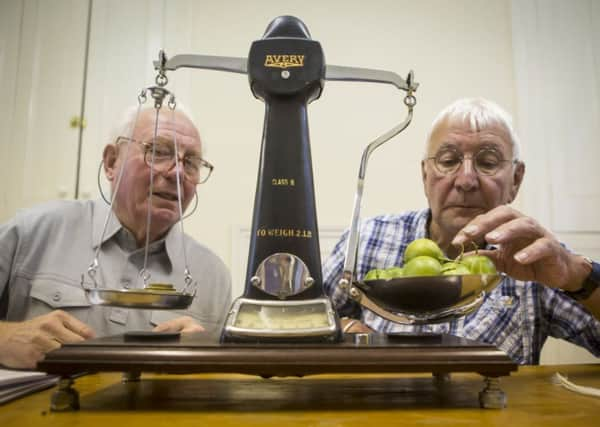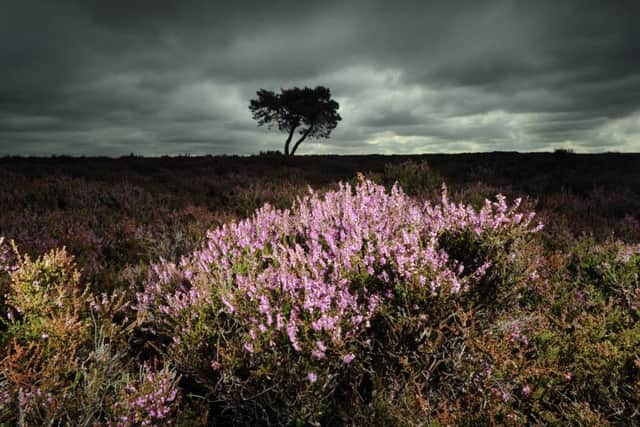Village focus: Playing gooseberry in Egton Bridge


Until the First World War, gooseberry fairs were common in villages across the north of England. The one at Egton Bridge, seven miles inland from Whitby, is the oldest, and the last left in Yorkshire.
On the first Tuesday in August, they set out the precision scales on trestle tables in the little village school, St Hedda’s, next to the church. They never really took to pounds and ounces, let alone European kilos; drams, grains and even pennyweights are still the gold standard here.
Advertisement
Hide AdAdvertisement
Hide Ad“There are still a few shows left in Cheshire but they are restricted to the locals,” says Bryan Nellist, a retired gamekeeper of 81, who has been growing fruit at Egton Bridge for around 60 years. “Ours is open to the world.”


The annual show can trace its records back to 1800 and still attracts up to 100 entrants, who must adhere to some well laid-out rules. Competing husbands and wives must, for instance, have kept their plants in separate pens. They’re not gooseberry fools here.
Surprisingly, for a village so far off the beaten track, the gooseberry show is not the only best-in-class attraction here.
The Egton Show, to be held this year on August 23, is one of the largest village agricultural fairs in the country, with wrought iron and farrier displays alongside the usual horse, cattle, sheep, goat, ferret, fur and feather classes.
Advertisement
Hide AdAdvertisement
Hide AdStrictly speaking, Egton and Egton Bridge are separate villages, though they are little more than a mile apart. “Everyone thinks of them as one,” says Lucy Fletcher, clerk to the parish council.


These days, much of the property is given over to holiday lets, but this is traditionally farming and shooting country.
The Egton Estate, where Bryan Nellist spent his career, is as busy now as it was when John Foster, owner of the Black Dyke Mills in the West Riding, bought it in 1869.
Its 6,000 acres now accommodate grouse shooting over the heather moorland, and around three miles of salmon and sea trout fishing on the Esk.
Advertisement
Hide AdAdvertisement
Hide AdTime was when Egton was also a centre for “hirings”, gatherings at which farmers would compete to employ young lads. Its distinctive accent, somewhere between Yorkshire and Middlesbrough, also earned it a place in the Survey of English Dialects, with an entire, long out-of-print journal devoted to the village.